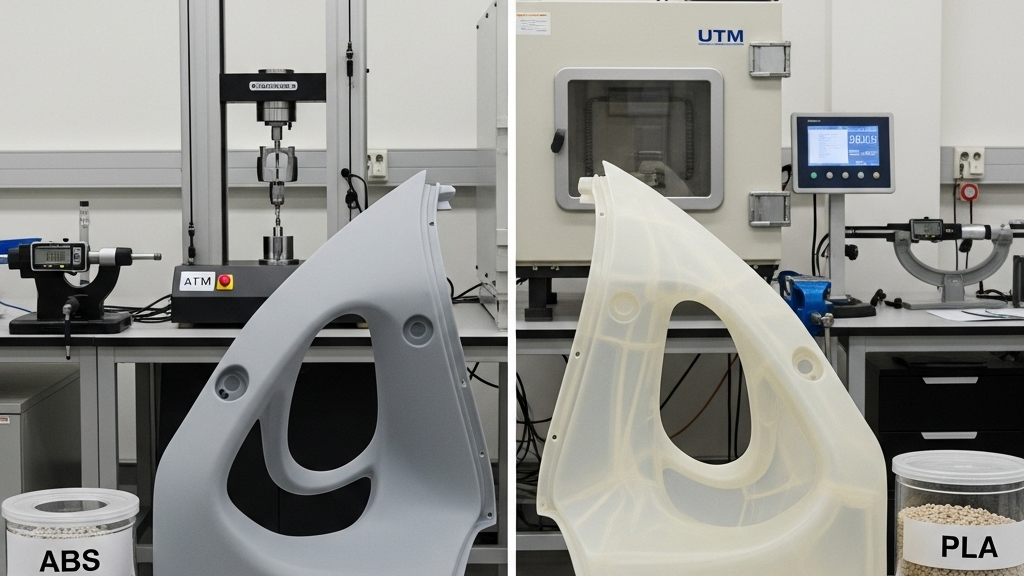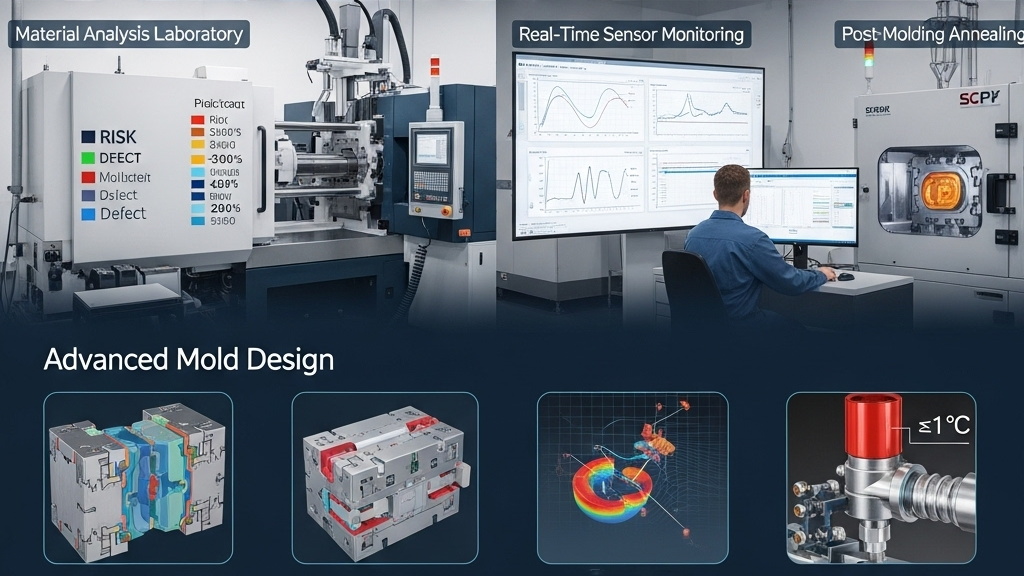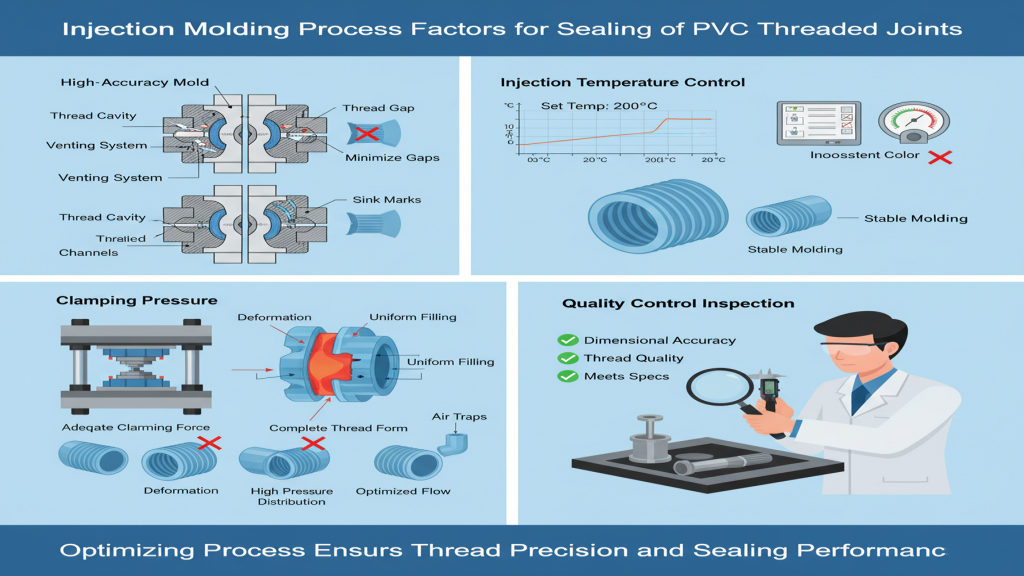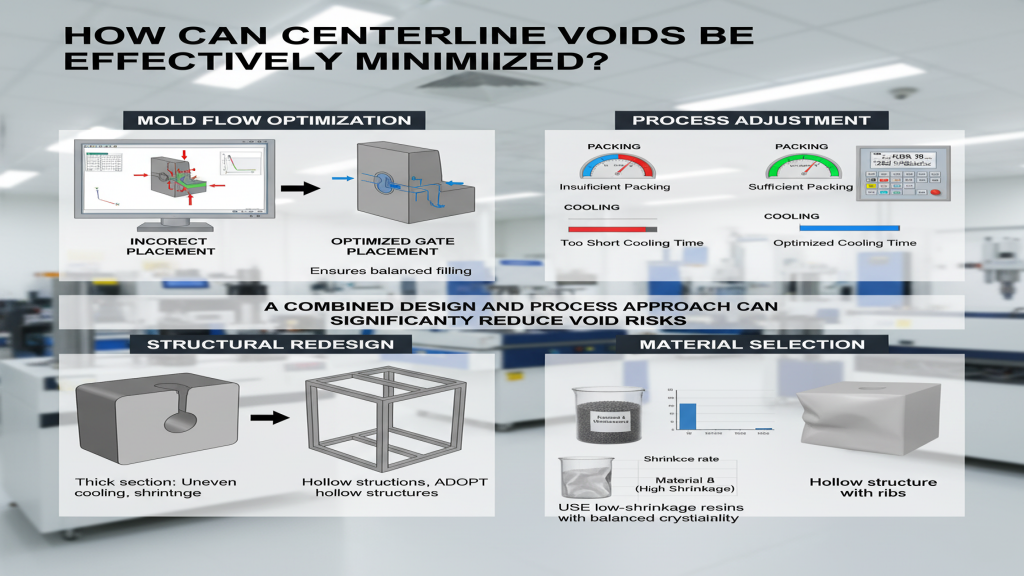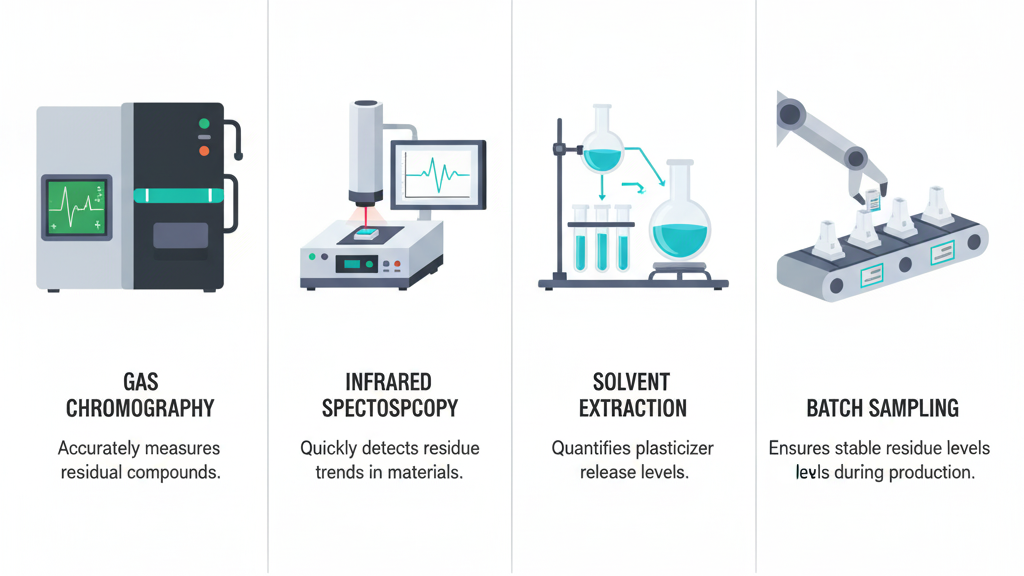
Injection molding and extrusion are two key processes in plastic processing. The former excels at precision plastic parts, while the latter is good at continuous profiles. Considered separately, they each have their own focus. So, what unexpected functions can be achieved by cleverly combining these two processes?
Single injection molding or extrusion processes have their limitations. By combining the fine molding of injection molding with the continuous production of extrusion, we can break through traditional restrictions and create products with better performance and more comprehensive functions. Next, we will specifically analyze several typical methods of combining injection molding and extrusion, and their unique functions.
What Products Can Be Made by Combining Injection Molding and Extrusion?

Exploring the clever integration of injection molding and extrusion processes can overcome the limitations of traditional single processes, giving plastic products new structures and functions. So, what unexpected product forms can this innovative combination create?
- Overmolded Co-injection Molded Products: This process can overmold a layer of plastic with a different material or color (through extrusion) on the surface of a substrate (usually formed by injection molding).
- Complex Structural Parts with Continuous Profiles: It is possible to first injection mold a body with complex geometries, and then connect or integrate continuous profiles to specific parts through extrusion.
- Multi-Cavity or Multi-Layer Pipes/Profiles: Extrusion processes can produce multi-layer or multi-cavity pipes or profiles, and at specific nodes or ends, injection molding processes can be used to integrate connectors, flanges, or complex-shaped ports.
- Products with Functional Inserts: During the injection molding process, functional inserts pre-formed by extrusion can be embedded.
What are the Respective Roles of Injection Molding and Extrusion in Combined Processes?

In the process of combining injection molding and extrusion, the two technologies are not simply superimposed, but rather complement each other and operate synergistically. So, which process is responsible for the main molding of the plastic part, and which process imparts specific functional or structural characteristics to it?
- Injection Molding Unit Focuses on Precision Molding and Complex Structures: The injection molding process is typically responsible for manufacturing parts of the product with complex geometries, fine features, or requiring high dimensional accuracy.
- Extrusion Unit Focuses on Continuous Profiles and Functional Extensions: The extrusion process is mainly responsible for producing profiles with continuous cross-sections.
- Differentiated Integration of Material Properties: The two processes can use plastic materials with different properties respectively. The injection molded part may use a hard material to provide structural strength, while the extruded part may use a soft elastomer to achieve sealing or buffering functions, thereby integrating the advantages of multiple materials on one product.
- Realization of Inserts or Overmolding: The extrusion process can pre-prepare profiles as inserts, which are then overmolded or fixed in the product through injection molding.
What Advantages Does Combining Processes Offer Compared to Single Processes?
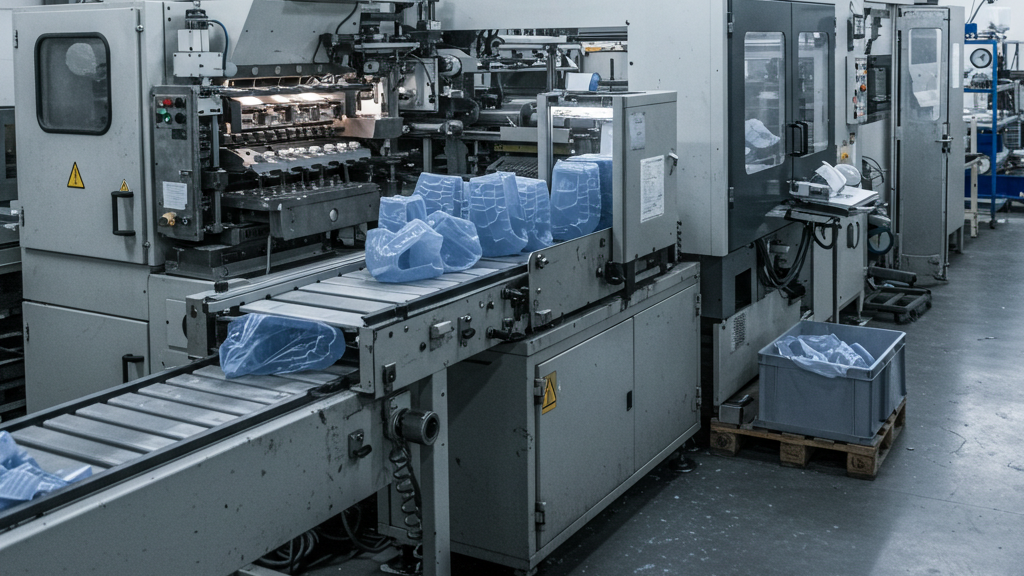
While injection molding and extrusion each hold significant positions in the field of plastic processing, single processes often have limitations when facing increasingly complex and diverse product demands. Cleverly combining the two can bring superior solutions.
- Product Function Integration and Diversification: Functional integration and diversification enable products to have more composite functions and reduce assembly.
- Material Performance Optimization and Cost Control: Material performance optimization and cost control enhance performance and reduce costs by selecting different materials.
- Design Flexibility and Innovation: Design flexibility and innovation help to manufacture more complex and unique product structures.
- Increased Production Efficiency and Reduced Secondary Processing: Increased production efficiency and reduced secondary processing reduce subsequent processes through one-time molding.
Comparison of process characteristics of injection-extrusion combination
| Feature | Injection Molding | Extrusion Molding | Injection-Extrusion Hybrid Molding |
|---|---|---|---|
| Main Function | Precise shaping of complex parts | Continuous production of profiles | Functional integration & material combination |
| Material | Typically single material | Typically single material | Can combine multiple property materials |
| Design | Complex 3D structures | Continuous cross-sectional shapes | Combination of complex structures & continuous profiles |
| Advantages | High precision, suitable for complex parts | High efficiency, suitable for continuous production | Functional diversity, design flexibility, reduced assembly |
The Flexibility of Material Selection in Combined Processes
The flexibility in material selection offered by combined processes is a major highlight. It breaks the limitations of single processes, which typically only allow for the use of a single material, bringing a broader scope to product design. By combining injection molding and extrusion, designers can flexibly choose various materials with different properties according to the different functional areas or performance requirements of the product.
1.Material Diversity Integration: Combined processes break through the limitations of single materials, allowing the integration of multiple performance materials in the same product.
2.Material Selection on Demand: Designers can flexibly choose the most suitable materials according to the needs of different parts of the product.
3.Performance Optimization and Cost Control: Strategic material selection optimizes product performance, reduces costs, and achieves functional integration.
4.Key to Innovative Design: The flexibility of material selection is an important advantage of combined processes in innovative design and performance improvement.
Conclusion
In summary, the clever combination of injection molding and extrusion, these two plastic processing technologies, demonstrates enormous potential and value that surpasses single processes. Through complementary advantages, combined processes have significant advantages in manufacturing products with functional integration, structural complexity, and material diversification.
For expert assistance in implementing for your production needs, visit our resource center or contact us. Let’s help you scale up your manufacturing with precision and efficiency!

